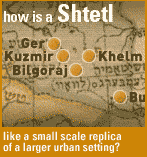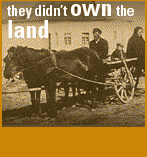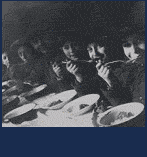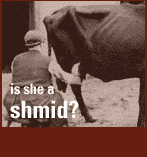

Jewish Youth - Future and Dreams
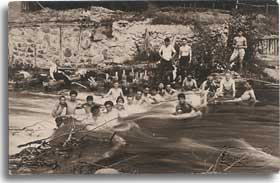

Think about the expectations placed on a 16-year-old today. Most of these are individual goals: to do well in school, get into a good college, stay away from alcohol, drugs, and to avoid any other destructive behavior, staying out of trouble. But young Jews between the wars were not just thinking about individual success: they had goals for the Jewish people as a whole. They were not just preparing to go off to college: those that felt an urge to help the Zionist dream were often preparing to leave everything familiar to them, to travel to a new, as-yet-unfounded country, to forge a new way of Jewish life. Others exposed themselves and their families to government reprisals as they challenged local forms of discrimination with their work in trade unions. The sense of shared mission helped to build strong bonds within the groups. For the adolescent, there was no dramatic division between the different local leaders and the followers: they were all working together , pursuing change.
"I…began to think seriously about two issues: what to do with myself, and what political organization to join," wrote 20-year-old Ludwik about his moment of decision in 1930s Poland. Joining a particular movement was often the first independent decision a young person made, and it often turned out to be even more important then they had imagined. The choice of parents to send children to a Tarbut, TsIShO  or Beys Yankev school was likely to influence their choice of a youth movement. Sometimes entire Tarbut high school classes, for example, would form a chapter of Hashomer Hatzair. It is true, that some of the choices were made to satisfy individual needs: a girl or boy might join Betar or Hashomer Hatzair because a favorite older cousin was a member, or to get access to the group's library, or to go on camping trips and be close to the friends she liked. But regardless of the many ways groups drew members, more often than not they deeply changed lives.
or Beys Yankev school was likely to influence their choice of a youth movement. Sometimes entire Tarbut high school classes, for example, would form a chapter of Hashomer Hatzair. It is true, that some of the choices were made to satisfy individual needs: a girl or boy might join Betar or Hashomer Hatzair because a favorite older cousin was a member, or to get access to the group's library, or to go on camping trips and be close to the friends she liked. But regardless of the many ways groups drew members, more often than not they deeply changed lives.
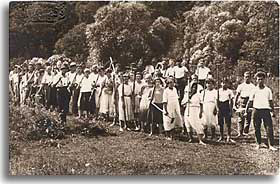

The Zionist groups taught Hebrew and sponsored


Each youth movement encompassed a vital world of change and construction. Whether it was concerned with local Jewish political prisoners, with improving salaries and education, with Hebrew or Yiddish adult education, and more, these groups infused new energy into the Jewish communities. When people speak of a Jewish youth group today in America, they probably think of a group that has social get-togethers, does a little community service, and maybe has a summer camp or runs summertime trips to Israel for teenagers. The Jewish youth movements of the pre-World War II era had all these activities, and much, much more. The members learned practical life skills that helped them become leaders as they organized and planned a wealth of activities. These activities included publishing newsletters, opening lending libraries, sponsoring educational activities like lectures and night schools, organizing sports clubs and cultural activities like symphonies, choruses and drama groups, parties and outings, fundraising for charitable Jewish organizations and their own activities, and attending political talks and activist demonstrations.
But choosing to participate in all these new activities might mean clashes and intense consciousness raising: families were fatefully divided by the diversity of ideas surrounding them and the need to choose between them. Around a family's dinner table, one might find an older brother who studied at Yeshive, a younger brother who spoke of immediate action who as a member of the Zionist Revisionist organization Betar trained for "Hebrew self-defense," a sister who had spent the summer working on a Zionist HeHalutz farm and preparing for aliya to Palestine, and another member of the family who belonged to the Bundist Tsukunft, and marched with striking needleworkers.







